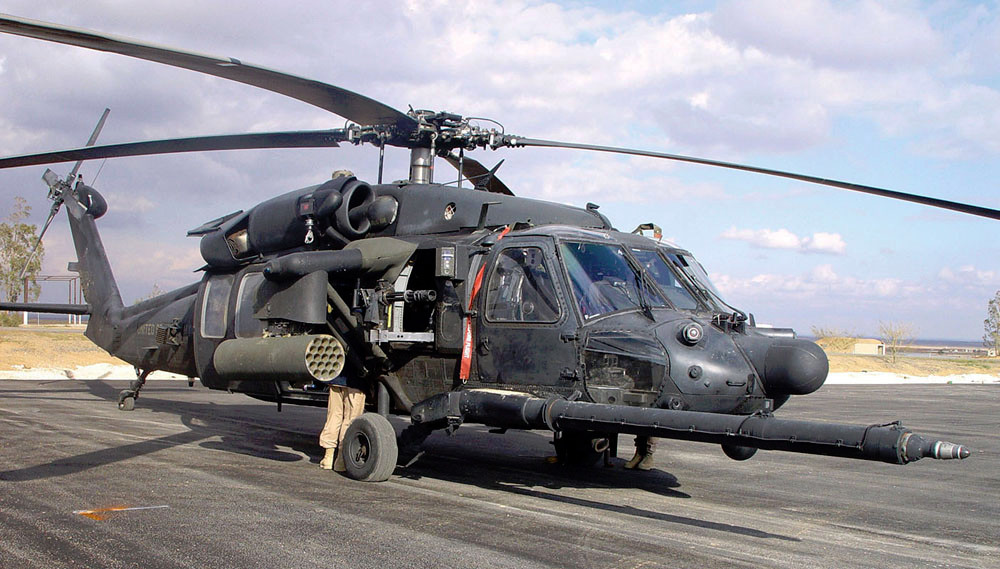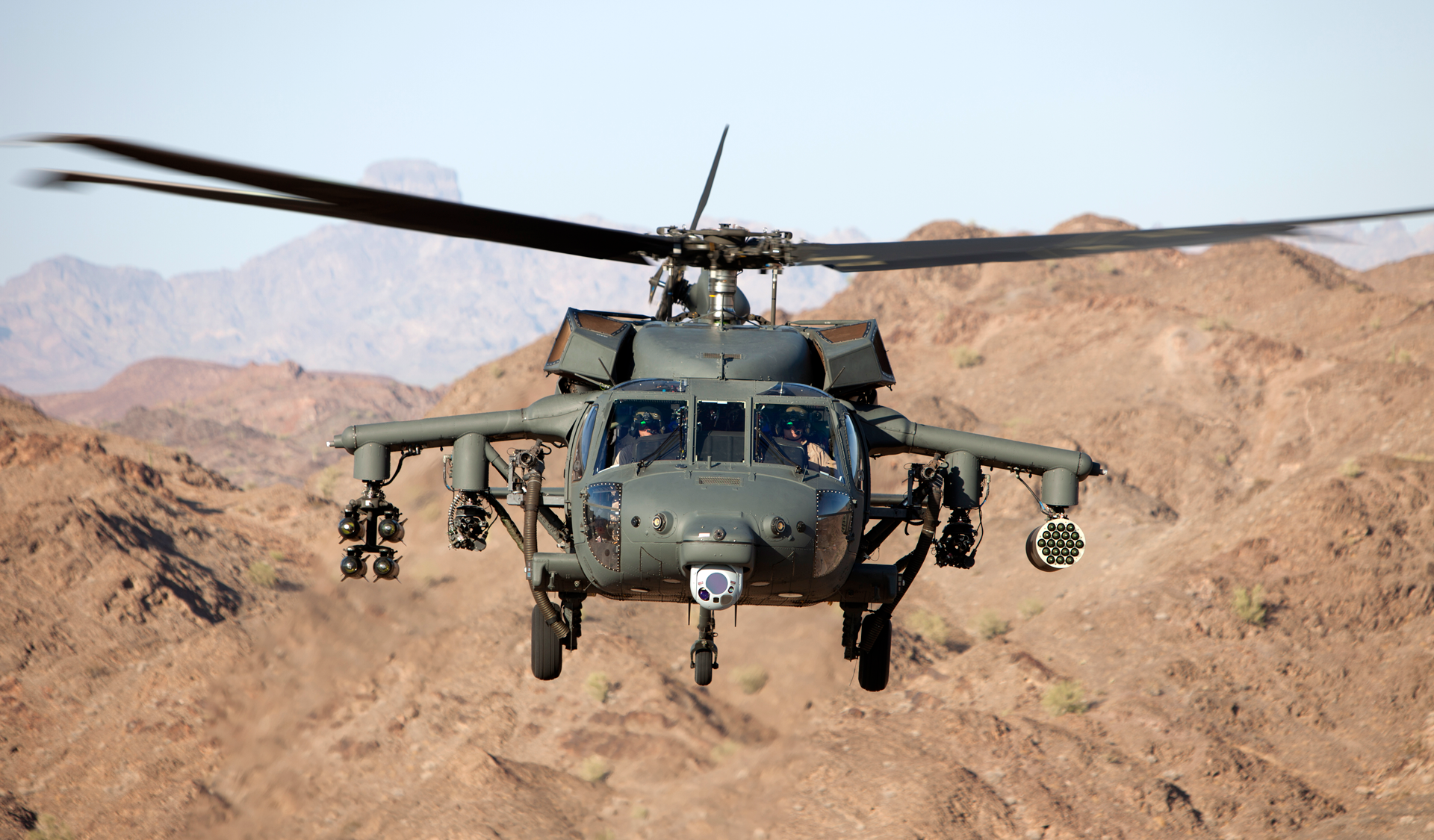Unveiling the Power and Adaptability of the Blackhawk Helicopter
The Blackhawk helicopter stands as a testimony to engineering quality and military technology, substantially forming the landscape of modern-day aerial procedures. Originally created in the late 1960s, this dual-engine aircraft has progressed right into a multifaceted system with the ability of executing a series of objectives, from tactical troop implementations to urgent medical evacuations. Its design integrates cutting-edge technology and materials, improving both efficiency and survivability. As we explore its history and operational capacities, one need to take into consideration exactly how the Blackhawk continues to affect modern battle techniques and humanitarian initiatives alike. What does this mean for the future of army air travel?
Background of the Blackhawk
The background of the Blackhawk helicopter is marked by substantial technological improvements and a calculated evolution in army aviation. Established in the late 1960s by Sikorsky Airplane, the UH-60 Blackhawk was at first developed to replace the older UH-1 Iroquois, typically known as the "Huey." The Blackhawk's initial flight took place in 1974, and it was formally introduced to the united state Army in 1979.


This aircraft was designed to fulfill the demanding requirements of modern-day war, concentrating on rate, resilience, and convenience (Blackhawk Helicopter). Its capability to operate in various settings, coupled with innovative avionics and style functions, quickly established the Blackhawk as a vital possession for army procedures worldwide
Throughout the 1980s and 1990s, the Blackhawk saw comprehensive usage in various problems, consisting of the Gulf War and altruistic missions. Today, the Blackhawk stays a legendary symbol of armed forces aviation, continuously refined to fulfill contemporary difficulties.
Trick Attributes and Specs
Blackhawk helicopters are renowned for their design quality and functional adaptability, flaunting an array of essential functions and specs that enhance their efficiency in numerous military roles. Among the most substantial characteristics is their dual-engine setup, typically powered by the T700-GE-701C engines, which supply extraordinary integrity and performance. The helicopter has a maximum cruise ship rate of around 150 knots and a solution ceiling of about 20,000 feet, enabling it to operate effectively in diverse environments.
The Blackhawk's airframe is created from advanced composite materials and aluminum alloys, making certain a robust structure while decreasing weight. It features a totally verbalized blades system that offers premium dexterity and security. The helicopter can fit as much as 11 combat troops or carry as much as 8,000 pounds of outside cargo, making it highly adaptable for numerous objectives.
In Addition, the Blackhawk is outfitted with innovative avionics and interaction systems, boosting situational awareness and objective sychronisation. Its capability to run in adverse weather condition conditions, integrated with its low acoustic signature, makes it a sneaky alternative for tactical operations. In general, these functions contribute to the Blackhawk's track record as a cornerstone of contemporary armed forces aviation.
Versatile Operational Responsibilities
Prominent for their engineering quality and advanced capabilities, Blackhawk helicopters offer a wide variety of functional duties within military structures. Initially made for troop transportation, their convenience has broadened, enabling them to execute different missions Look At This properly.
Among the primary duties of the Blackhawk is as an utility helicopter, promoting logistical assistance by carrying supplies and personnel to and from remote areas. Furthermore, they master medical discharge (MEDEVAC) operations, furnished with sophisticated clinical tools and employees to provide crucial treatment in the field.
In fight situations, Blackhawks can run as armed escort platforms, supporting ground forces by involving enemy assets while making sure troop safety and security. Their capacity for special operations makes them essential; they can perform reconnaissance goals, employees healing, and straight action raids, usually in high-threat environments.
In Addition, the Blackhawk's adaptability allows it to sustain altruistic missions and disaster reaction efforts, delivering help and crucial solutions in times of dilemma. This wide range of functional functions shows the Blackhawk helicopter's unmatched adaptability, reaffirming its standing as an important property in modern-day armed forces procedures worldwide.
Technical Advancements
Numerous technical developments contribute to the Blackhawk helicopter's exceptional performance and versatility in varied operational settings. One of one of the most considerable developments is its composite rotor blades, which boost lift and ability to move while decreasing weight and upkeep demands. The rotor system utilizes sophisticated materials that reinforce longevity and withstand ecological degradation, guaranteeing trustworthy procedure in severe conditions.
Furthermore, the Blackhawk is furnished with a modern avionics suite that integrates sophisticated navigating and communication systems - Blackhawk Helicopter. This consists of GPS, radar, and multi-function screens that assist in real-time situational awareness for pilots, adding to mission success under difficult situations
Furthermore, the helicopter's fly-by-wire control system permits for exact handling and boosted responsiveness, giving pilots with improved control during complex maneuvers. The incorporation of sophisticated engine technology, such as the T700-GE-701C engine, further enhances efficiency, offering boosted power result and fuel effectiveness.
Finally, modular design principles allow quick reconfiguration for numerous missions, from army transportation to clinical discharge, making the Blackhawk a functional asset in armed original site forces and humanitarian operations. These technological developments collectively make certain that the Blackhawk stays a formidable visibility in the skies.
Influence On Modern Warfare

Outfitted with advanced avionics and interaction systems, the Blackhawk enables seamless control amongst ground and air devices, making sure timely and exact reaction to dynamic combat circumstances. Its flexibility allows for quick release in varied environments, from urban setups to tough surfaces, reflecting the multifaceted nature of modern warfare.
Moreover, the Blackhawk's premium speed and agility assist in fast insertion and removal of workers, decreasing exposure to adversary fire. Its capability to run in hostile problems, coupled with advanced defensive procedures, enhances survivability and goal success rates.
As contemporary problems increasingly count on joint procedures and rapid reaction, the Blackhawk helicopter continues to be at the center of army method, symbolizing the evolution of air flexibility and the crucial duty of air power in achieving strategic goals. Its influence on contemporary warfare continues to redefine the capabilities of militaries internationally.

Final Thought
In conclusion, the Blackhawk helicopter exemplifies the junction of advanced engineering and operational adaptability, solidifying its standing as a cornerstone of modern armed forces aviation. Its historic value, amazing functions, and adaptability across numerous objective profiles underscore its essential role in contemporary war. As technological innovations remain to boost its capabilities, the Blackhawk continues to be a crucial asset for armed pressures worldwide, demonstrating exceptional effectiveness in both battle and humanitarian procedures.
The Blackhawk helicopter stands as a testament to engineering excellence and military advancement, significantly forming the landscape of modern-day airborne procedures.The history of the Blackhawk helicopter is noted by considerable technical improvements and a tactical development in army aeronautics.Blackhawk helicopters are renowned Full Report for their design excellence and functional adaptability, boasting an array of crucial functions and specs that enhance their effectiveness in numerous army duties.Various technical technologies contribute to the Blackhawk helicopter's extraordinary efficiency and adaptability in diverse operational settings.In final thought, the Blackhawk helicopter exhibits the crossway of advanced design and operational versatility, strengthening its condition as a keystone of modern army air travel.